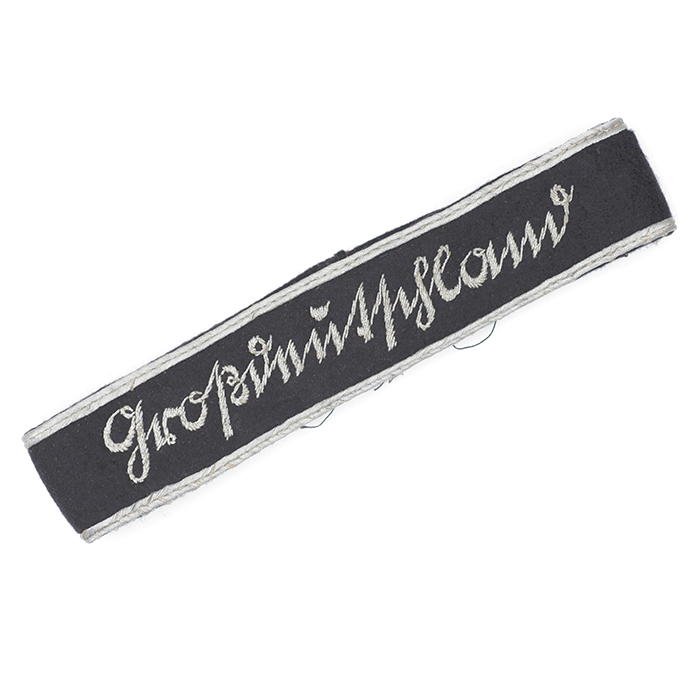They say better late than never…
This message was found recently in the tiny capsule at the bottom of the photo. That capsule, if you’ve never seen one, is strapped to the leg of a carrier pigeon. This message, found in a field in the Alsace-region of France, dates to the First World War!
Carrier pigeons boasted a 95% success rate of delivery across Europe during the First World War, according to the US Army’s Signal Corps.
Luckily for historians, one of those occasionally undelivered messages ended up in a field in eastern France, where a retired couple discovered it more than 100 years later.
Spotted while the pair were on a walk through a field in the Alsace region, whose border is hugged by Germany, the tiny aluminum capsule, hardly bigger than a thimble, has been called a “super rare” finding.
Inside the capsule, a “kind of tracing paper” bore a message in an unusual sort of German Gothic script, according to Dominique Jardy, curator of the Linge Memorial Museum in Orbey, who turned to a language expert to analyze the note. Jardy told Le Parisien that the note is dated 1910 or 1916. The year is ambiguous because of illegibility and historical context. (World War I lasted from 1914 to 1918.)
“Platoon Potthof receives fire as they reach the western border of the parade ground, platoon Potthof takes up fire and retreats after a while,” the message reads, according to a report in the Guardian. The message continues, “In Fechtwald half a platoon was disabled. Platoon Potthof retreats with heavy losses.”
The message came from an infantry soldier based in Ingersheim, about 14 miles north of Stuttgart in western Germany, and discusses German maneuvers in a region that has since become part of France.
Jardy said he had never seen anything like this artifact during his 40 years of study on French-German warfare. He plans to showcase the letter and capsule at his museum, which is dedicated to the battle for Le Linge in the Vosges mountains in 1915. The battle has been called one of the war’s bloodiest. He believes the capsule was probably buried in mud and later rose back to the surface, as many military grenades and shells do.
The note also indicated there were three other copies of the message carried via homing pigeon, presumably to cover for the one found more than a century later.
Category: Historical






Very kool, and lucky, find. And the fact that the message survived, 100 + years? Wow.
Wonder if the pigeon became part of the dumplin’ pot? Or a wanna be roasted cornish game hen?
Squab???
“Why didn’t they just use Facebook?”
AOC
You win! LOL!🤣
“rose back to the surface, as many military grenades and shells do”
Roundish stones rise each freeze/thaw cycle
while jagged rocks tend to sink. Ask any farmer.
If you lay crusheed stone on a dirt road it will sink but if
you lay natural screened stone it will stay on top.
Ask any road grader.
Very surprised the fragile paper survived all those years.
So surprised I doubt the story. Any Pigeon bones with it?
Yeah but …. stone arrowheads, etc., rise to the surface. An archaeologist friend of mine says that the ground percolates — and that’s why you can go over an “empty” field one year, and the next year you’ll find something that wasn’t there previously.
Pigeon pellets
Dove dope
Antique Tweet!
The script is actually something called Sütterlin. It was created by Ludwig Sütterlin in 1911 so there is nothing very Gothic about it. It was taught even as late as the 70s but it never caught on as a primary script for most people. You can see it in documents during WWII and was even used on cuff titles that some German units used (e.g. Großdeutschland). Oddly enough, the NAZIs didn’t like it much and banned the script in 1941. Not sure what that script did to them, but that (and more) is what you get in one party rule .
Oddly enough, the NAZIs didn’t like it much and banned the script in 1941. Not sure what that script did to them, but that (and more) is what you get in one party rule .
You can read more at the knower of all things – Wikipedia.
https://en.wikipedia.org/wiki/S%C3%BCtterlin
That also does help to date the paper to 1916 rather than 1910. Not sure what platoon would have been getting shot up in 1910 in any case. Seems pretty clear to me. But I’m just some dumb Rando. I’ll leave it to the experts.
In other news, it seems the Platoon Potthof is having a bad day.